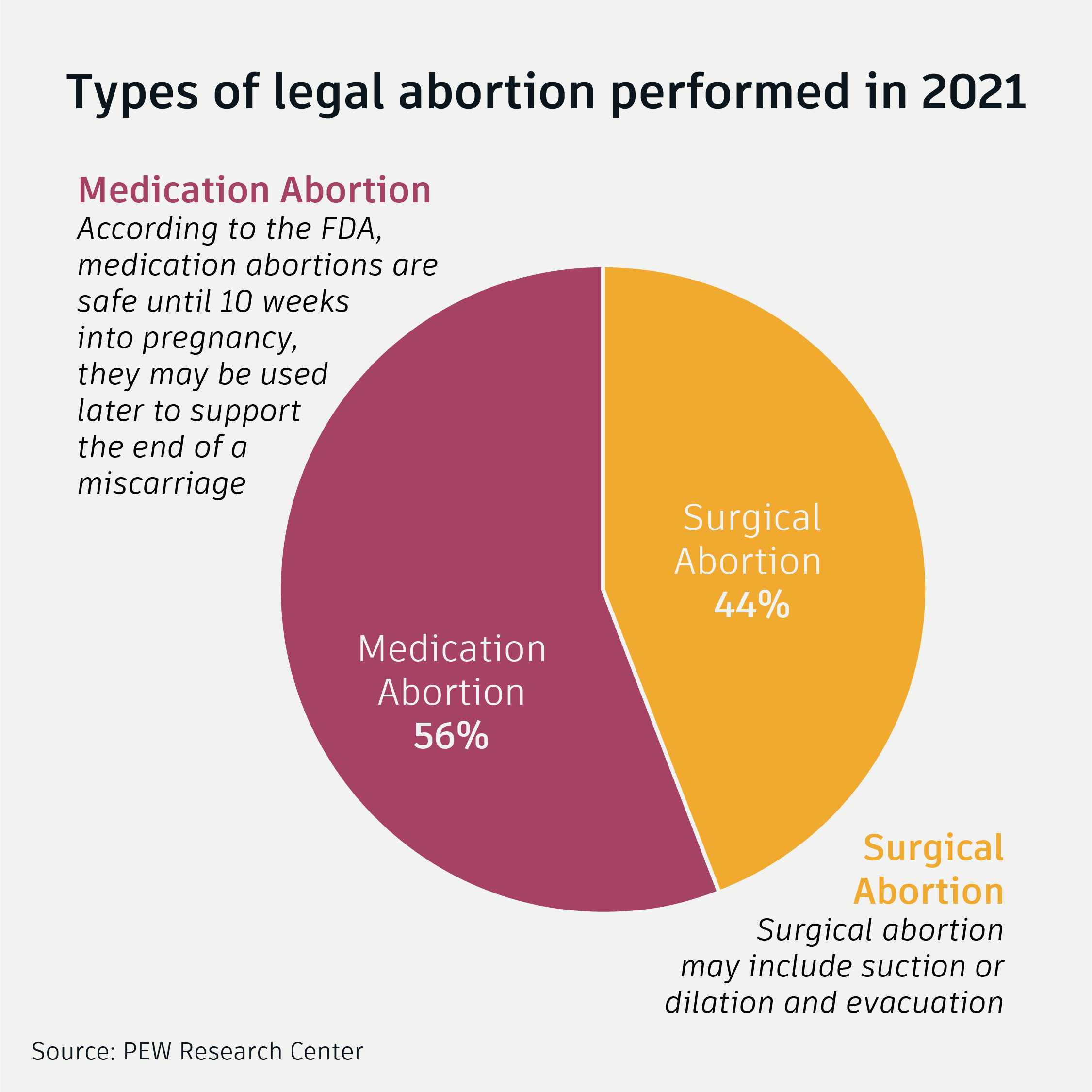Visual Economic Education Guide
Things I wish people understood before the 2024 election
Making information accessible is at the core of what we do at Schenker Creative Co. Which is why, when the exit polls following the 2024 U.S. Presidential Election indicated that there were clear misunderstandings, it was disappointing.
We live in a democracy so that people can vote however they please. However, there should be a basic understanding of facts so that decisions are made based on opinions and not misinformation.
First and foremost, inflation was an important issue for many voters. While inflation makes life more expensive (and difficult), it’s important to note that this issue is not unique to the United States. In fact, as inflation rose following the 2020 COVID-19 pandemic, the U.S. had a lower inflation rate than the global average. This is thanks to the U.S. Federal Reserve, a non-partisan entity that makes decisions on interest rates and the U.S. debt to balance the affordability of life.
Inflation is also known as “a general increase in prices and fall in the purchasing value of money” (Oxford Dictionary). When inflation goes up, money loses value, meaning you need more of it to buy the same items. When money is more expensive, for example when interest rates are higher, the value of money is high and generally inflation stays low.
The difference in “normal” inflation and what we’ve experienced over the last few years is that while the cost of non-labor inputs has increased, the most significant increase contributing to the rising price of goods is corporate profits.
A tax on imported goods is called a Tariff. The money collected from tariffs is collected by the Customs and Border Protection on behalf of the U.S. Department of Commerce. A tariff adds additional costs to anyone that imports finished products or material inputs (like ingredients or components of goods produced here in the U.S). Because of this, they often increase the cost of goods.
Pre-WWII, tariffs were used to incentivize domestic production (aka manufacturing of goods inside the U.S.). The problem with tariffs in 2024 is that we no longer live in a world where each country can function independently. We live in a global economy where we all rely on each other for materials, manufacturing, and design services.
In 2024, tariffs result in companies having to raise the price of their goods to cover the cost of tariffs.
Next, there was a lot of discussion and misinformation about immigration in the United States. While undocumented immigrants cannot collect benefits from the U.S. government, they pay Federal, State and local taxes.
In 2022, undocumented immigrants paid a total of $96.7 Billion dollars in taxes. Of that, $59.4 Billion dollars were paid to the Federal government and 37.3 Billion paid in state and local taxes.
Undocumented immigrants pay sales tax on purchases, property tax through their rent, and income tax by filing their taxes using a Tax Identification Number (TIN) or a social security number that was given to them before their documents expired.
Finally, abortion. A hot political topic which rose to the forefront of politics in the late 1970’s. When I started researching abortion for this series I learned a few interesting facts. For instance, did you know that most of the women that received abortions in 2021 had previously given birth? They were mostly mothers.
An abortion is not a decision made lightly, but knowing that most women had previously given birth led me to believe that the choice to have an abortion was an informed decision.
We know that the best way to prevent unwanted pregnancies and abortion is through sex education and birth control. Over the years as sex education and birth control became more prevalent, abortions generally went down from a peak in 1990.
There are two main trackers of abortions in the United States; the first is the U.S. Center for Disease Control, which tracks data for states that report data to the federal government (though not all states currently report this information. The other is the Guttmacher Institute, which is a non-government entity that independently tracks abortions by calling clinics and hospitals and using an algorithm to estimate the total number of procedures each year. The actual total number of procedures performed each year is likely somewhere between the two.
Lastly, there are two main types of legal abortions, a medication or surgical abortion. Each performed for different reasons, here’s how the data breaks down.
All of these topics are complex. There is certainly more reading to be done. My hope is that these graphics inspire you to learn more and make informed decisions whenever possible.
Our goal at Schenker Creative Co. is to use great visuals to inform people so they can take action, get behind your cause, and better understand the world around them.
If there are other topics or data points that you believe should be included, you can request an addition by leaving a comment below this story.










